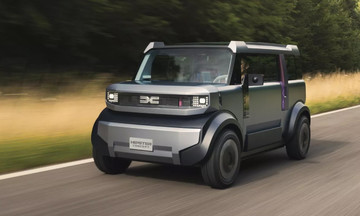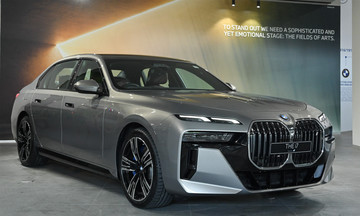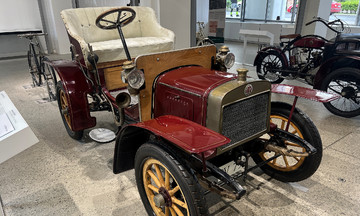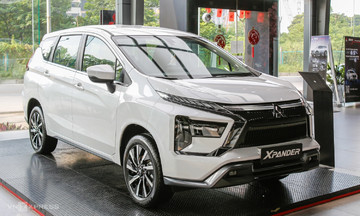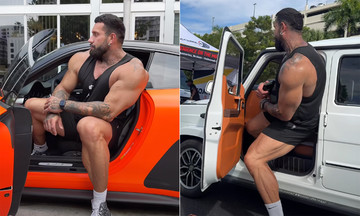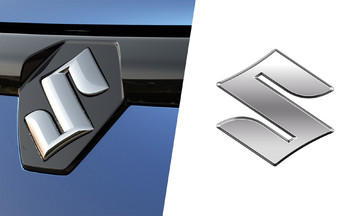In an official document sent to the Domestic Market Management and Development Bureau (under the Ministry of Industry and Trade) on 22/8, the Vietnam Association of Motorcycle Manufacturers (VAMM) stated that it had compiled data from its five member companies: Honda, Yamaha, Piaggio, SYM, and Suzuki. The results show that most current motorcycle models can use E10 biofuel without technical modifications.
Specifically, 4 manufacturers, Honda, Yamaha, Piaggio, and SYM, confirmed that all their motorcycle models are compatible with E10. Meanwhile, Suzuki stated that most of its products are compatible, except for some older models such as the Viva 110 (from 2000), Smash (from 2003), Smash Revo (from 2006), Shogun (from 2004), Amity (from 2006), AN125 (from 1995), GN125 (from 1996), Hayate (from 2007), EN150 (from 2012), GZ150 (from 2012), UA125 (from 2012), and GD110 (from 2016), which require further verification.
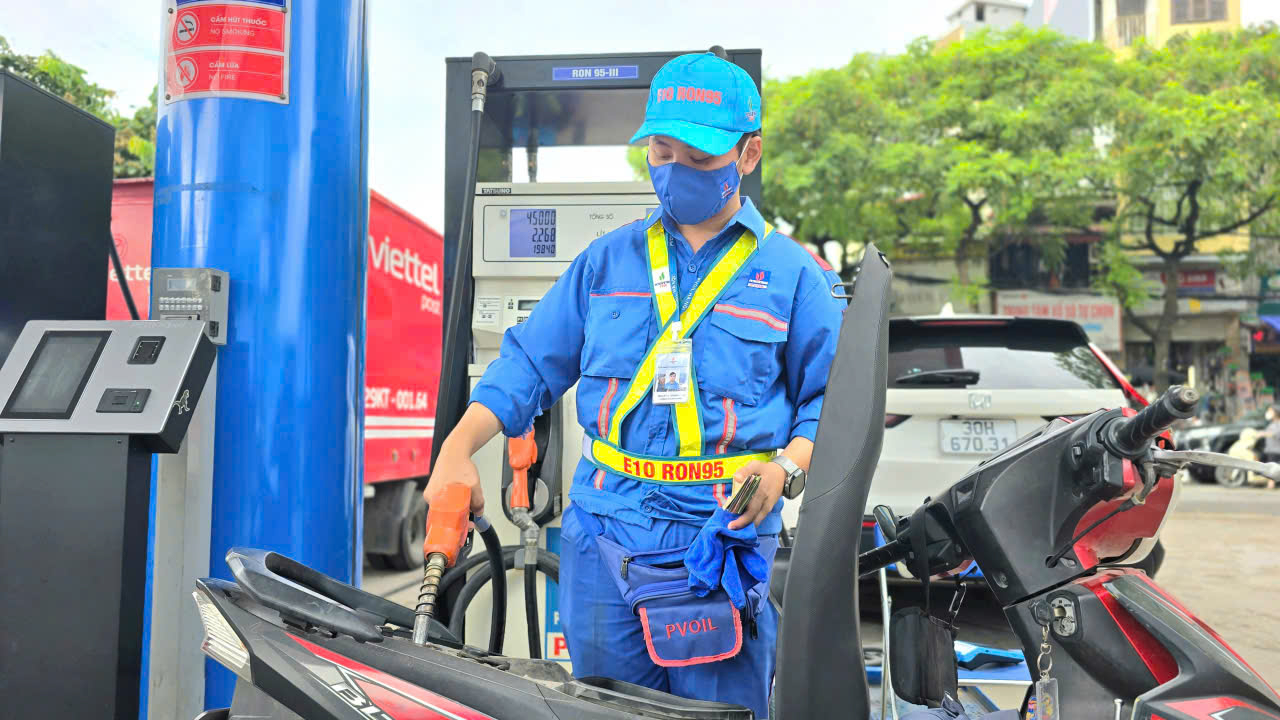 |
A staff member at a gas station in Hanoi pumps E10 fuel for a customer. Photo: Phuong Dung |
A staff member at a gas station in Hanoi pumps E10 fuel for a customer. Photo: Phuong Dung
According to VAMM, expanding the use of E10 is the right direction to reduce emissions and protect the environment, but the fuel quality must meet vehicle emission standards. "VAMM proposes blending E10 fuel with standards suitable for the roadmap of motorcycle emission standards to ensure efficient vehicle operation," the association suggested.
Previously, the Ministry of Industry and Trade drafted a circular stipulating that from 1/1/2026, E10 biofuel will completely replace mineral gasoline (RON 92, RON 95, and other mineral types) in the market. The long-term roadmap aims to use biofuels with higher blending ratios, such as E15, from 2031.
The Ministry of Industry and Trade believes that replacing mineral gasoline with biofuel is an inevitable trend to gradually reduce dependence on imported fuel, as Vietnam spends billions of USD annually on fuel imports.
In addition, bio-ethanol can be produced from domestic agricultural products such as cassava, corn, and sugarcane. This not only contributes to ensuring energy security but also creates additional outlets for farmers and the processing industry. Expanding E10 consumption also helps revive many ethanol plants that were previously mothballed due to a lack of market, avoids wasting investment resources, and creates jobs in the midland and mountainous regions.
In the context of fierce global trade competition, using E10 fuel also creates room for ethanol imports, especially from the US, the world's largest ethanol exporter. This is considered one solution to help balance bilateral trade.
Biofuel is a fuel blended from mineral gasoline and ethanol (bio-alcohol). Common biofuels today are E5 (5% ethanol) and E10 (10% ethanol). With the advantage of reducing harmful emissions and being more environmentally friendly, biofuel is being encouraged for use by many countries. However, if the quality of biofuel is not guaranteed, for example, ethanol contaminated with impurities, water, or mixed in the wrong ratio, it can cause problems such as difficulty starting, increased fuel consumption, reduced power, or impact engine life. In Vietnam, most car and motorcycle manufacturers recommend that vehicles can operate well with E10 fuel, provided the supply meets standards.
Ho Tan




